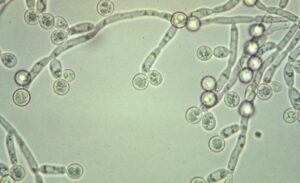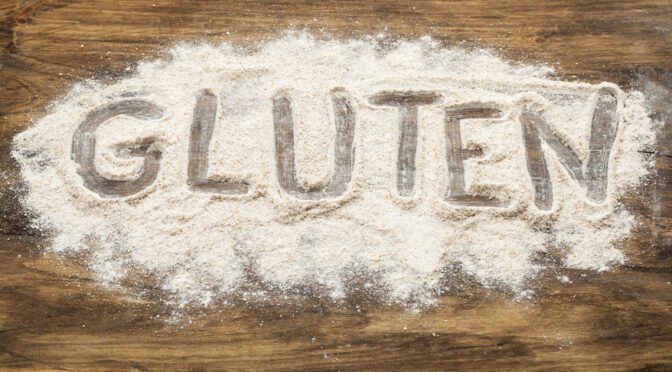Some experts believe that there is a clear connection between fungus and gluten intolerance. This suggestion is confirmed by the numerous cases of people who were diagnosed with Celiac disease or gluten intolerance and who were able to return to eating wheat and gluten products without any negative consequences whatsoever after following a diet aimed at eliminating Candida.
Gluten is a protein that consists of gliadins and glutenins. It acts as an emulsifier, which helps the food to connect. Wheat is a cereal grain that contains gluten, and it is the most commonly consumed cereal, though there are many other types, including bulgur, rye, and all products that contain these cereals foods. Moreover, couscous and malt are made from wheat. A lot of people who are gluten intolerant are also sensitive to oats; although oats do not actually contain gluten, they are comprised of a protein similar to gluten.
How Candida Functions
Many people have the fungus Candida within their systems. Fortunately, healthy bowels contain a great amount of useful bacteria that keep the Candida under control and prevent excessive spreading of this fungus. However, if the balance between the fungus and bacteria is disturbed (because of antibiotics or excessive sugar intake), the Candida begins to  spread and releases harmful toxins as it carries out its metabolic process. Continue reading
spread and releases harmful toxins as it carries out its metabolic process. Continue reading







